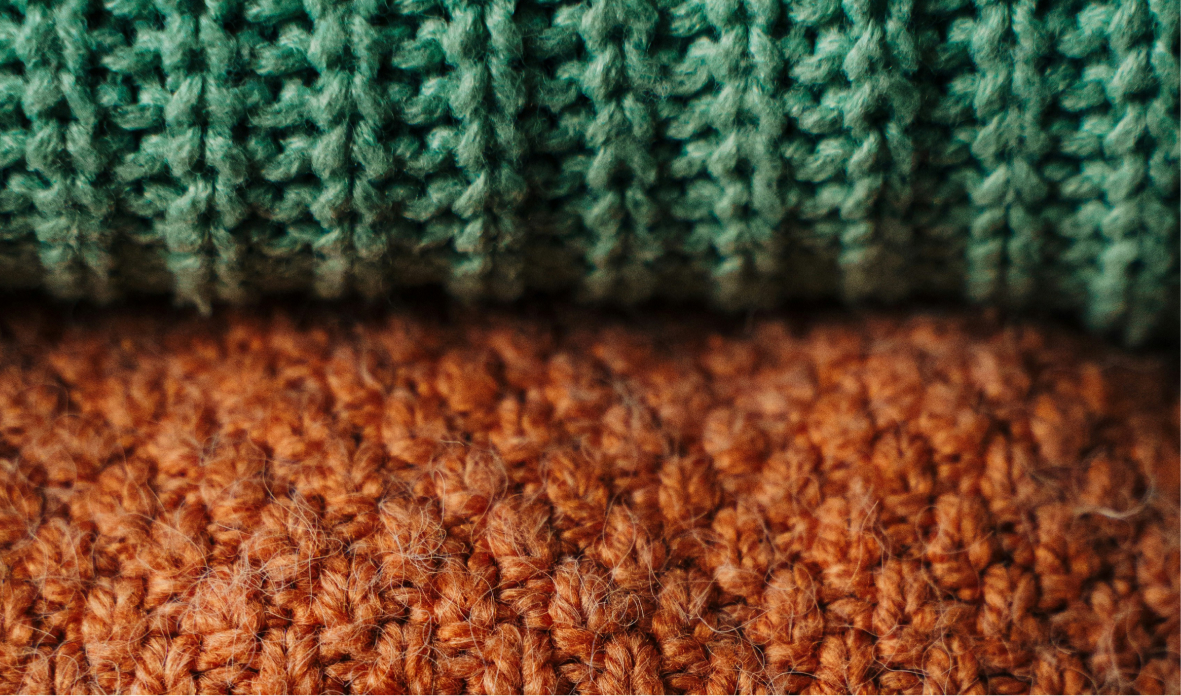Sustainability Starts with Buying Less

Join the community





What do you do when you decide to shop more sustainably? Chances are, you turn to the internet to search for sustainable brands and alternatives. Don't worry—you're not alone. Most of us do exactly that, and it's a good starting point.
A quick Google search for "sustainable clothing" yields results like "Top 30 Sustainable Clothing Brands," "Budget-Friendly Sustainable Clothing," and "Best Sustainable Fashion Brands" on the first page.
You can then choose a brand that matches your values and budget and complete the purchase in a few clicks. But the core of sustainable shopping happens before you check out.
As a society, we need to focus not just on switching to sustainable brands, but also on consuming less overall. While sustainable options use better materials and produce fewer emissions, they still require planetary resources and energy to manufacture—which means they still contribute to emissions.
Leading a more sustainable lifestyle also means reusing and repairing our stuff and replacing it less frequently. Unfortunately, that part is not discussed as much.
{{cta-join2}}
How to Buy Less Stuff
Buying excess new things, even though they are sustainable, isn’t really great for the planet. But in a world built around consumption, it’s hard to resist. Social media makes it even more difficult. TikTok hauls and Instagram reels make you believe that continuously buying new stuff can make you happy.
Also read: On Microtrends, Fast Fashion, and the Overconsumption Cycle
Here are some strategies to reduce your consumption:
Try a No-buy Year
Set a goal for yourself to have a no-buy year where you would not buy any new clothes, accessories, or beauty items. If that sounds extreme, you could start with a no-buy month or instead, do a low-buy year, where you set a budget for yourself and decide certain categories where you are allowed to buy new stuff.
Find Accountability Partners
Doing these challenges in a world built around consumption can be hard. So you need an accountability partner for this. It could be a friend or family member or look for offline or online communities where others are doing it as well.
Leave It in the Cart
You are scrolling on Instagram and you suddenly come across a bamboo desk organizer. In a few clicks, you can purchase it and it will be at your doorstep in no time. But once it arrives, you might realize that you don’t really need a new organizer. We have all been through these impulse purchases. A great way to counter that is to add the item to the cart and come back to it after a few weeks. That would give you enough time to decide if you really need it.
Choose Secondhand First
Buying a secondhand item extends its life and reduces the consumption of new products. You can find pre-loved treasures at local thrift stores, Buy Nothing groups, or through resale platforms like Depop, The RealReal, thredUP, and Chairish.
Unsubscribe and Unfollow
Sales emails and posts by social media influencers are tempting and fuel our consumption habits. They've devised creative ways to convince us to buy things we don't need. Do yourself (and your wallet) a favor by hitting that unsubscribe button and unfollowing those accounts.
Borrow Instead of Buy
Instead of buying stuff that you would probably use only a few times, try borrowing it from your friends or neighbors. This will help you save money and prevent a new product from being manufactured. Here’s a list of 15 Things You Should Borrow Instead of Buy to help you get started.
Find Alternative Dopamine Hits
Experiences can provide the same dopamine hit as shopping for new items. Instead of buying more stuff, treat yourself to experiences like travel and fitness. Redirecting your money towards these activities will benefit both the planet and your health.












